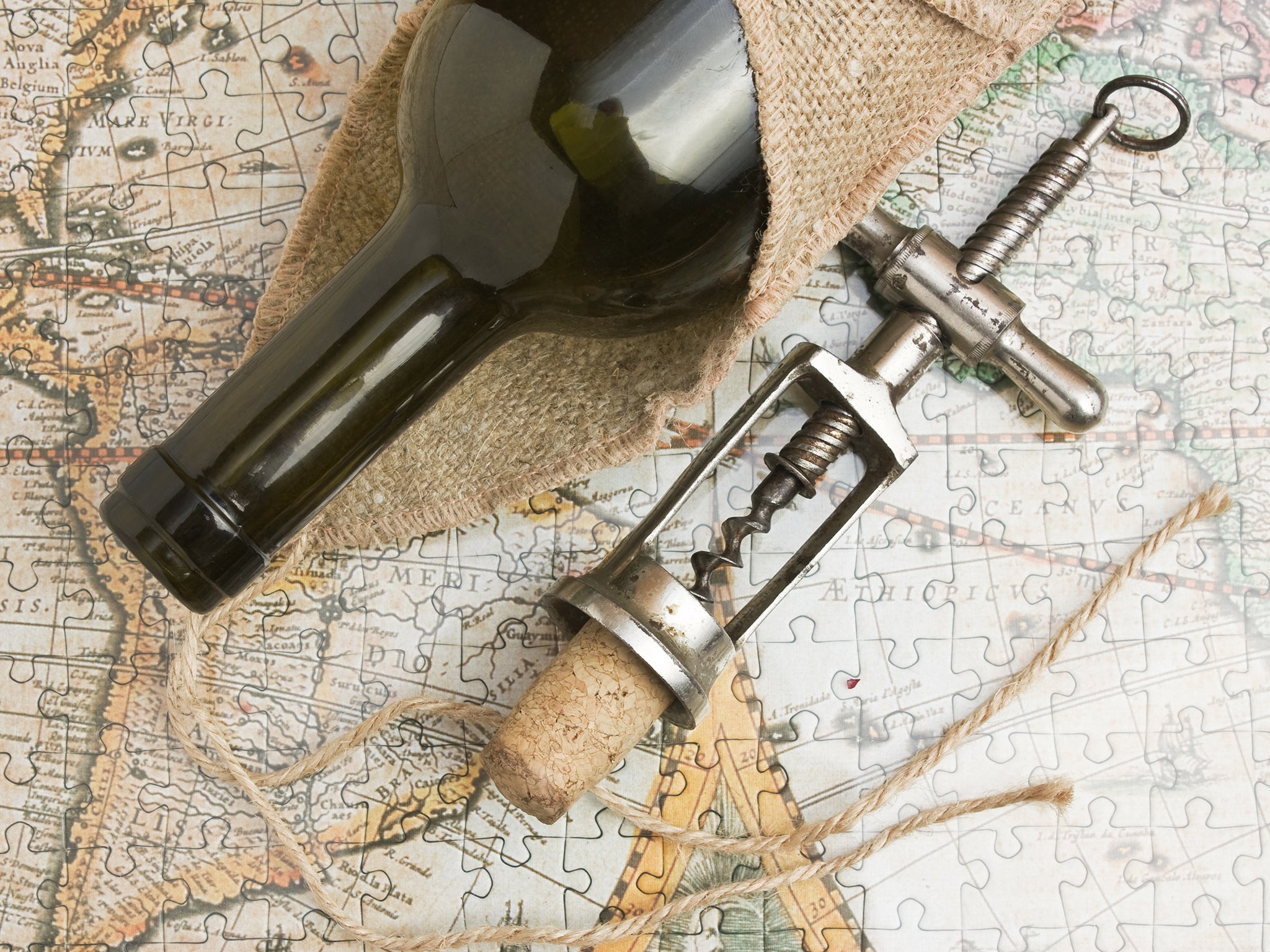Uncorked: What’s the difference between new and old world wine?
Tom Harrow takes us on a journey from old world to new world wines, their winemaking history and how to tell the difference with just a sip


Your support helps us to tell the story
From reproductive rights to climate change to Big Tech, The Independent is on the ground when the story is developing. Whether it's investigating the financials of Elon Musk's pro-Trump PAC or producing our latest documentary, 'The A Word', which shines a light on the American women fighting for reproductive rights, we know how important it is to parse out the facts from the messaging.
At such a critical moment in US history, we need reporters on the ground. Your donation allows us to keep sending journalists to speak to both sides of the story.
The Independent is trusted by Americans across the entire political spectrum. And unlike many other quality news outlets, we choose not to lock Americans out of our reporting and analysis with paywalls. We believe quality journalism should be available to everyone, paid for by those who can afford it.
Your support makes all the difference.When it comes to wine, there are so many different terms thrown around that it’s easy to feel overwhelmed.
Two of the most common are “old world” and “new world”, but the distinction between the two isn’t just defined by geography.
Our gurus at the Independent Wine Club take us on a journey to fully understand the regions, their winemaking history and how to tell the difference.
Q. How can I tell new from old world wine?
A. The terms old world and new world have been knocking about for a while now – let me break them down a little bit so we can better understand them and in turn, the wine. The difference between the two is more than their regionality, though it’s a good place to start.
Old world wines come from traditional wine-growing regions that are generally (though not exclusively) in Europe. They are the countries that you immediately think of when someone says “wine”: France, Italy, Spain, Germany, Portugal. However, The old world also includes names that you might not immediately think of (but I urge you to explore) – countries that have winemaking dating back to the ancient world – Greece, Lebanon, Israel, Georgia and Armenia.
New world wines, therefore, are the other winemaking countries of the world – the label encompasses all the regions whose pioneers have evolved and adapted old world winemaking practices into their cultures and created the industry in frontiers that had been previously overlooked. Argentina, Australia, Chile, New Zealand, Australia, the US and South Africa, to name the most famous, are new world wine regions and they have forged permanent residency in the catalogue of great wine regions of the world.
South of the equator, winemaking may not have had as long a history but it is building a sensational future. New world vineyards often enjoy a consistently warmer climate (although not always – as a new wave of cooler, often mountainous, high altitude vineyards demand attention), which means the grapes achieve greater ripeness, resulting in full-bodied wines with higher alcohol and bold, sweet fruit flavours, and are subject to less extreme vintage variation. The winemaking has been exacted after years of inspiration and assessment of the old world’s ways, being improved to better represent local conditions.
One of the most exciting aspects of new world wines is the experimental nature of many winemakers. Without the same constraints of centuries-old traditions, and suffocating regulations, they are freer to try new techniques and create unique wines that help ensure a hush of expectation each year. It is certainly a thrilling prospect to have so many new wines appearing from across the globe each year, and a number now establishing themselves as future icons.
So, to finally answer the question of how to tell new from old, I would say – taste! There are differences and contrasts and they are to be celebrated – and the very best way to do that is by enjoying them. Our newest Independent Wine Club case is an excellent place to start with six brilliant varieties that showcase the range, excellence and expertise of wines from the new world.
To learn more about Independent Wine Club and catch the latest cases before they sell out, sign up here.
Got a question for the wine gurus? Send it to hannah.twiggs1@independent.co.uk or tweet @hannah_twiggs.
Join our commenting forum
Join thought-provoking conversations, follow other Independent readers and see their replies
Comments